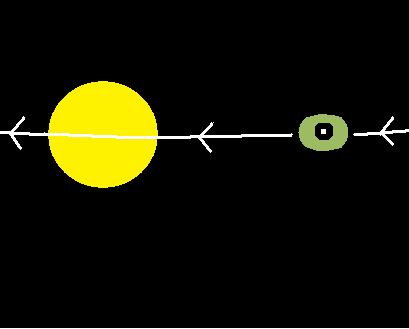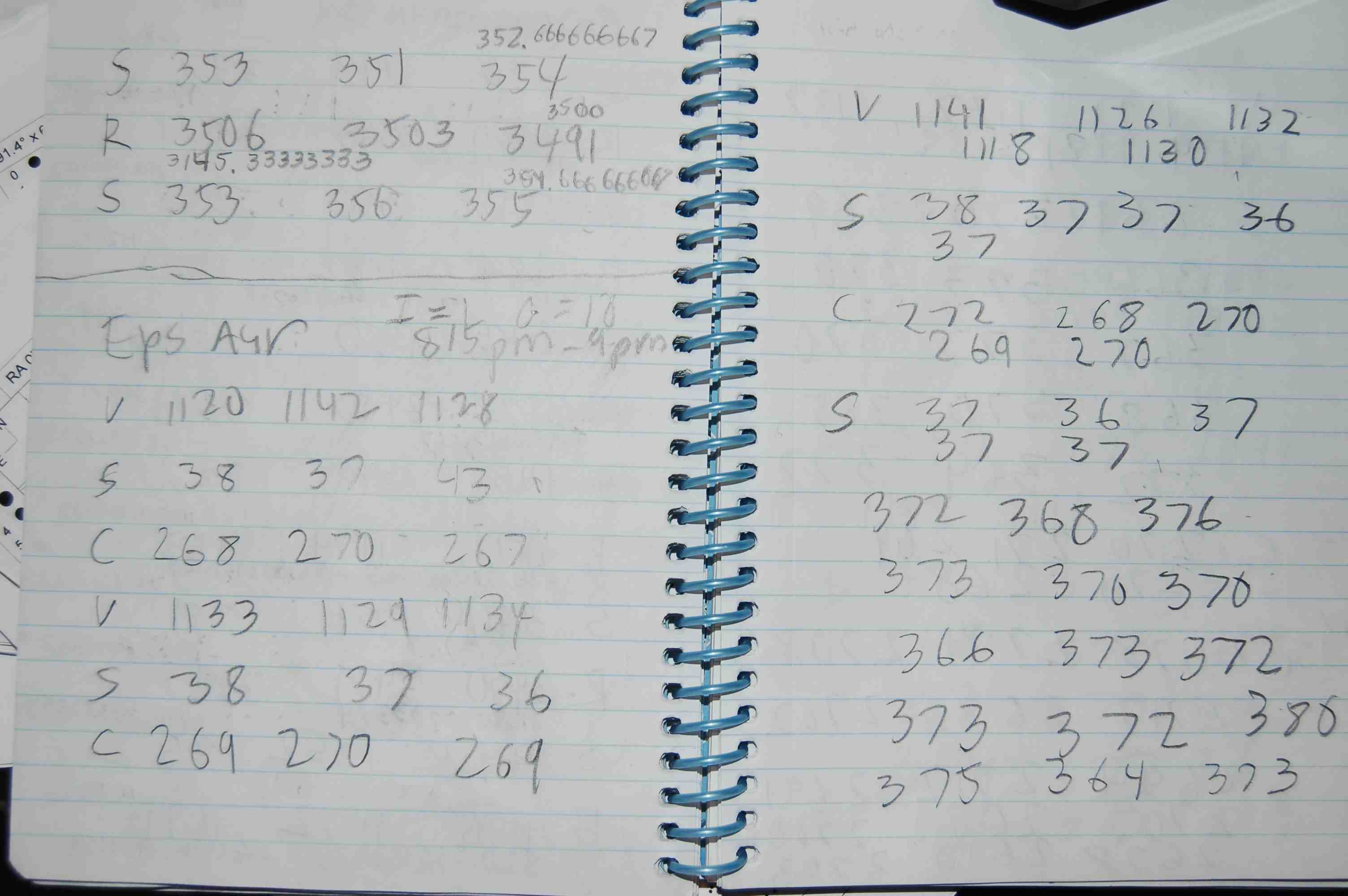gives measurements that are close to the brightness perceived by the eye. We also like to use the B filter, as it allows us to compute the B-V color index, which is very informative about the star's characteristics. Since the Epsilon Aurigae event is so special, we will probably take readings with the R and I filters when time permits. We have found that the U filter does not give good results when used from our low altitude location.
There are many stars like Epsilon Aurigae which show small amplitude variations, and these can be tracked from a smaller observatory. Algol, the "Demon Star" in Perseus, has been known for centuries to vary, and even Polaris has some variability. The variability of a star can be caused by any one of dozens of mechanisms. Some stars vary due to actual changes in energy output, whereas others, like Epsilon Aurigae, vary due to eclipses with companion objects. Contrary to the common statement made in children's textbooks which proclaims our Sun to be an ordinary star, it appears that there are but a few stars as steady and invariable as our own. - GW
Copyright 2008 Starry Mirror



The
TM
Astronomy From West Virginia
EPSILON AURIGAE NEARS FIRST ECLIPSE IN TWENTY-FIVE YEARS
BRIDGEPORT, WV (S-M) - This year, the star Epsilon Aurigae will undergo its first eclipse since the early 1980's. We here at the Starry Mirror have been preparing by practicing photoelectric photometry, so that we will be ready to measure magnitudes of the eclipse over the next two years.
Epsilon Aurigae is a fairly bright naked-eye star. Though it normally shines at magnitude 3, every 27 years an unknown object passes in front of it and dims it by about one magnitude. The exact nature of the eclipsing object is not known, but it is thought that it may be a disk-shaped cloud of dust or gas around a small star which orbits Epsilon Aurigae. Light curves plotted during past eclipses have revealed that the disk seems to have a hole in the middle, and it may be that this hole has been cleaned out by the small star or black hole in the disk. Nothing is really certain about the Epsilon Aurigae system, however.
Here at our little observatory, we have a small photometer with Johnson UBVRI filters that is perfect for measuring magnitudes of this star. Though our West Virginia weather is not the best for photometry, we usually find an accuracy of about .01 magnitude when the data is reduced. Photometry is a very time consuming process, and a photometer does not give a direct reading of the brightness of a star. Rather, many measurements of the subject star, a comparison star of known steady magnitude, and the sky background are taken repeatedly. When complete, a UBVRI dataset will consist of several hundred measurements. Statistical methods are used with these measurements to determine the difference in magnitude between the subject and comparison star.
A full series of measurements through all five UBVRI filters could take several hours. Usually, it is better to concentrate on the V filter, as it

A tiny star, surrounded by a disk of gas or dust, may be the cause of the eclipses of Epsilon Aurigae.

The seemingly meaningless numbers in a notebook will be reduced to the B and V magnitudes of Epsilon Aurigae.